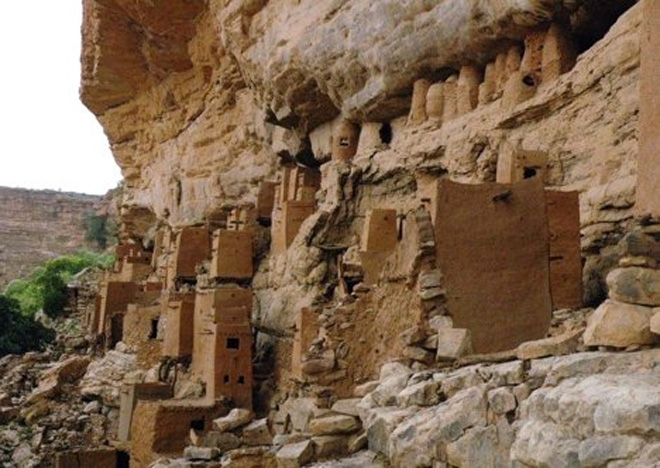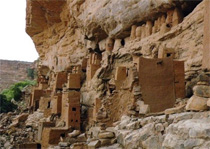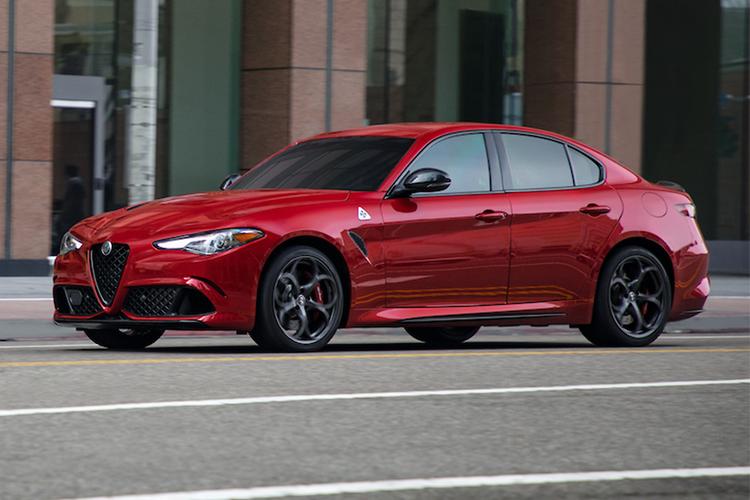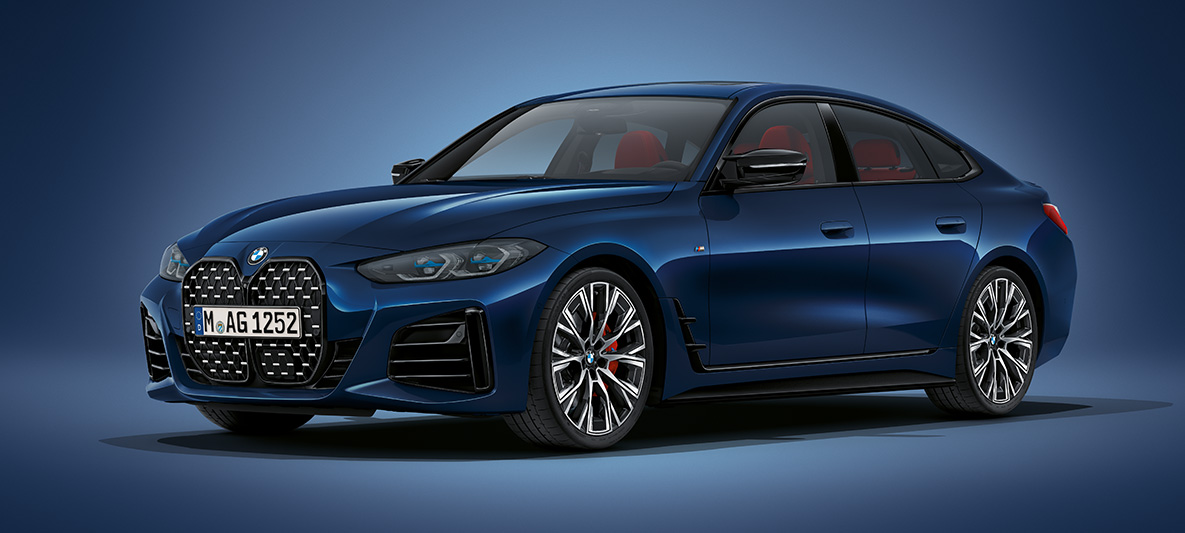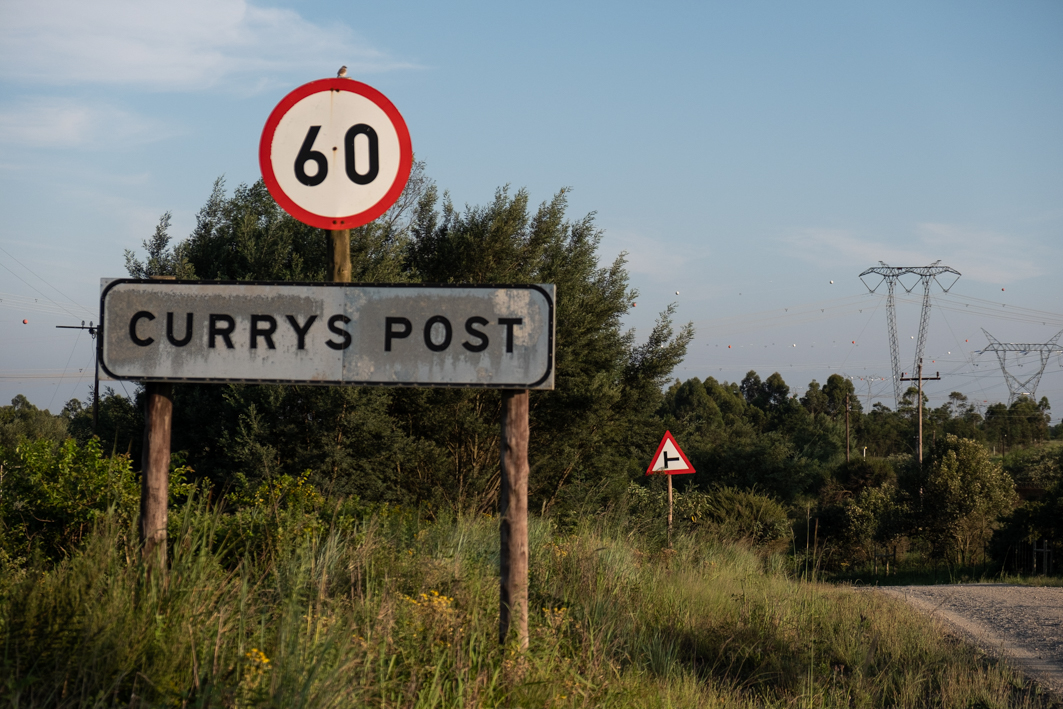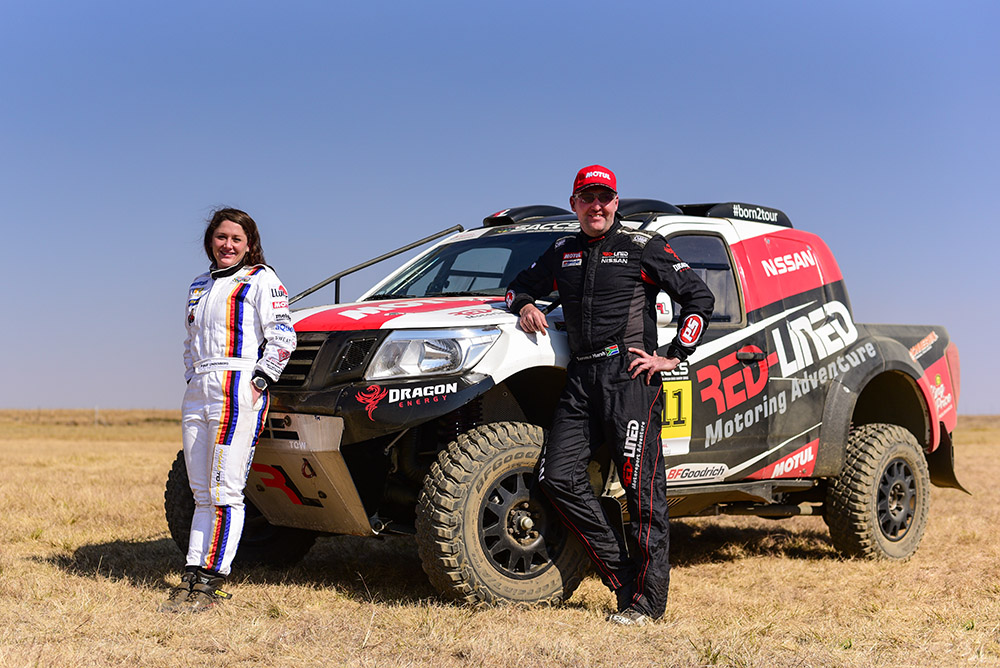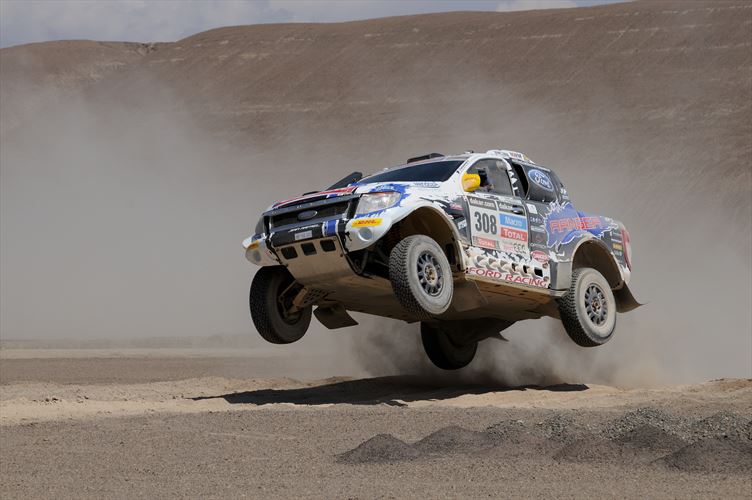Text and Photography: Dave van Graan and Anita Visser
It was with great sadness and a proud sense of accomplishment that we said goodbye to Africa. But with the thought that there were new places to see and experience, we started the second leg of this great adventure with enthusiasm. We decided to travel along the Mediterranean coast of Spain, France and part of Italy.
Our 4×4 vehicles looked out of place in Monte Carlo, where most cars were so low to the ground that we could have driven over them without noticing. Everywhere we stopped or camped people gathered around the vehicles and asked about the expedition. Some people thought we were crazy, while others were amazed at the magnitude of our trip. On many occasions during the tour, we shared these thoughts.
The route took us through Italy, where we visited Venice, Rome, the Leaning Tower of Pisa and Pompeii.
Venice is Italy’s most expensive city and even more so for South Africans with our rands. The city originated during the 5th and 6th centuries. Marco Polo started his expedition of 1271 to China from Venice, so we crossed tracks with one of the most famous travellers of all time. Napoleon visited the city, too.
The Leaning Tower of Pisa is probably the most recognisable tourist site in Italy. During the early 1990s the tower reached its critical angle and it was decided to stabilise the foundations. This was done in 1998 to secure the future of the tower. It is a stunning place to visit but the hundreds of tourists does put a damper on the experience.
Our next stop was Rome. We visited the Vatican. Once again the masses made it difficult, but it was great. Rome is around 3000 years old and the first as the capital of the ancient world and the Roman Empire, and later the centre of the Catholic Church.
Unfortunately everybody is out to take advantage of tourists and one member our group paid the equivalent of R30 for a 500ml bottle of water.
From Rome we drove south to Pompeii and Mount Vesuvius – the volcano that destroyed the city on 24 August, AD 79. The hot ash and dust covered the 44ha town, killing 2000 people in an instant. It is spine-chilling to see all the body casts lying around. There are casts of dogs and small children that add to the feeling of horror. Today the mountain is quiet, and we were able to walk up to the rim of the crater.
That ended our visit to Italy. We all gathered at a caravan park in Bari for the ferry to Greece. Everything was well organised at the harbour, and it didn’t take long to load the vehicles, find our cabins and regroup at one of the many restaurants for a well-deserved drink. We departed late in the afternoon for our overnight cruise to Ingoumenitsa, but did not have a restful night as we were woken at 03:30, and soon the ferry was in the harbour. We entered Greece in the dark.
Our first stop was Olympia, a very touristy town. Even so, the camp owners hailed us as the first South Africans to stay with them, and treated us like royalty.
Naturally we visited the site of the first Olympic Games. The place oozes history. Olympia was first inhabited in prehistoric times, between 4300 and 3100 BC. The first square buildings were built around 2150 BC, and the cult of Zeus and the Olympic Games started around 2000 BC.
We walked, rather than ran the length (212,54m) of the athletics course and managed to keep our clothes on, unlike the athletes of the time who competed in the nude. It must have been quite a sight – all those naked men running around the stadium!
From Olympia we drove to Athens. The traffic was horrendous, but with the help of locals we soon located Camp Athens, situated next to a major road causing it to be very noisy. The upside was that the bus stop was just across the road.
We took the bus to visit Acropolis Hill, the Parthenon and the surrounding historical sites. We were advised not to miss the town of Meteora, with its very impressive mountain monasteries. Still far from Meteora, we could see the huge rock formations in the distance. It was one of the most beautiful places we visited during the European section of the trip.
We camped in the neighbourhood of Kastraki at Camp Vrachos. Kastraki is another popular venue for tourists, offering various types of accommodation and a multitude of restaurants. We opted for a traditional taverna and had a wonderful evening, perhaps enjoying the local wines more than we should have!
The following day we set off for Turkey and Istanbul – a fabulous but very big city. After a few unintentional detours, we found the very primitive Mystic Campsite close to the Black Sea.
Some of the vehicles needed brake pads, and the camp owners helped us find the parts we needed. Apparently Land Cruisers are not popular in Turkey, but the local Toyota garage luckily kept some brake pads in stock. We also used the opportunity to give the vehicles a general check, and all was in good order.
The Blue Mosque and Topkapi Palace are two of the “must see” sites in Istanbul. The Blue Mosque, with its multitude of slender minarets and domes and its bluish interior, is very impressive. It was built between 1606 and 1616.
Topkapi Palace is probably the most visited site in Istanbul. The palace building was started by Mehmet after the conquest of 1453. The Ottoman sultans lived there until the 19th century.
The palace, now a museum, consists of barracks, sleeping quarters (including a harem) and pavilions. The treasury section, with its incredible collection of fine artefacts and royal jewels, is amazing.
We left Istanbul on a quiet Sunday morning and crossed the Bosphorus Strait using the massive Bosphorus suspension bridge that connects Europe with Asia. The bridge is rightly considered an architectural wonder.
Just when we started suffering from “sightseeing fatigue” – the feeling that nothing to come can beat what you have already discovered – the drive from Istanbul via Ankara to G?reme and Cappadocia proved us wrong.
This is one of the most fascinating places in the world. Between Kayseri and Nevsihir, the central Anatolia mountain-fringed plains give way to a wonderful world of fairy chimneys, Byzantine cave churches and underground cities. Today, many of the original fairy chimney houses have been converted into small hotels.
The Prado’s clutch was giving problems. We found a Toyota dealer, but it didn’t have the parts. Frans was not in the mood to give up easily, and convinced the mechanics that, with some ingenuity, it was possible to fix the problem. It took plenty of ‘n boer maak ‘n plan strategies, but after three days and nine attempts at removing and replacing the gearbox, they were successful.
While waiting for Frans, we visited all the nearby sites, including the underground cities. These were built as a form of defence in troubled times, but are still inhabited. It was amazing to see how the people managed to live so deep underground. The early residents could defend themselves from the depths and survived for extended periods on their stocks of food, wine, water and olive oil.
We stayed at the Kaya Campsite that overlooks the valley. The camp management were very friendly and organised a night out to an underground theatre. We enjoyed a show by traditional Turkish male dancers in their long dresses and Liewe Heksie hats.
The men in the group preferred the very beautiful belly dancer. (She was really, really good.)
The food was strange to us, but tasty. The wine was not what we are used to, but after a glass or two it started to taste better!
It was time to move on to Syria – the only country on the trip that required an HIV/AIDS test from a local doctor before we could obtain visas. It was apparent that we were entering a country very suspicious of foreigners.
Fuel is cheap in Syria and costs around R3 a litre, but diesel vehicles had to pay a US$200 tax on entry.
Syria is a small country and we quickly covered the distance to Crac des Chivaliers, where we camped next to the famed castle. Author Paul Theroux described it as “the epitome of the dream castle of childhood fantasies”.
The castle was built around the 12th century by the Crusaders, and it is said that after numerous attacks and sieges its walls were never breached. It was built to house 2000 people and had provisions to last for five years.
Eventually, after Jerusalem fell to Islam, the Christians retreated and left the castle. After all these years, it is still in a very good condition.
Soon after leaving Crac des Chivaliers, we arrived in Damascus and stayed at the only campsite in the city. The many mosques were overwhelming. It was Ramadan at the time, with frequent calls to prayer, which made it difficult to sleep.
It is said that Damascus is the oldest continuously inhabited city in the world, and the scene of many a bitter conquest. The Umayyad Mosque is considered one of the holiest in the world. One of the tallest minarets is called the Minaret of Jesus where, it is believed, Jesus will appear on Judgement Day.
The shrine of John the Baptist is said to hold the prophet’s head, but then there are other places in the Middle East that make the same claim.
The border procedure to enter Jordan was straightforward, and we headed for the Dead Sea.
I went to Amman to arrange the visas for Egypt, which were easy to obtain. The rest of the group booked in at one of the upmarket hotels, and soon everybody was floating around in the 27% saline water. All enjoyed the compulsory mud bath, which brought a lot of banter and produced some funny photographs.
The Dead Sea is the lowest place on earth and it was strange to see the GPS showing a minus figure.
After two nights’ stay in Amman and visas in hand, we met up at the town of Petra – one of the Seven Wonders of the World.
Petra was built in the Musa Valley in pre-Roman times by the Nabataean Arabs. It was rediscovered by the Swiss explorer, Burkhardt, in 1812, after being hidden for centuries. Walking through the forgotten tombs is something that one can never forget.
After driving south along the King’s Highway, we arrived in an area that was the backdrop for movies such as Lawrence of Arabia and The Last Crusade.
We drove to Wadi Rum that was made famous by TE Lawrence in his book, The Seven Pillars of Wisdom, in which he wrote about the desert, mountains and Bedouin camps. The scenery is really beautiful, and in spite of the bad map we received at the entrance, we were able to find most of the sites.
We found a secluded place to camp in the desert – definitely one of our best desert camps on the whole expedition.
Next day we drove to the harbour city of Aquaba. It was our last stop in Jordan and the end of the European/Middle East leg of our long journey – about 6100km.
The border posts were hectic, and after a long period of “ring-a-ring-of-roses”, we were on the ferry to Nuweiba, Egypt.
The ferry crossing went smoothly. The price of the ferry included a tasty meal that consisted of lots of rice and microscopic pieces of meat of unrecognisable origin. The ferry crossing took about three hours. We walked around the ferry to take photographs and later most of us took a nap in the lounge area.
Egypt is well known to the overland community for being a difficult and time-consuming country to enter. The border entry at Nuweiba was to be no different. Soon after we disembarked, it was chaos. All the signs are in Arabic, but a friendly customs official was assigned to us, and after he had searched the cars and checked the papers, the hurry-up-and-wait started. The process took around five hours.
We found a campsite that was logged on Tracks4Africa, not far from the harbour. It was not very good, but it was a place to stay. Soon the food was on the table and with a few beers under the belt, we were quite content.
Most of us had heard about Sharm el Sheikh and wanted to go there. After driving around to look for affordable accommodation, we settled at Shark Bay Hotel, which is described by the Lonely Planet Middle East Travel Guide as the best budget accommodation in the area.
We stayed at Sharm el Sheikh for three nights and then drove to Cairo. We crossed the Suez Canal via a tunnel underneath it. The 190km canal, which is 22,5m deep, took 10 years to construct. Twenty thousand ships, representing 14% of world trade, pass through it every year.
Driving in Cairo is not for the faint-hearted. There are simply too many vehicles for the road system. Guiding the convoy was a nightmare because other drivers were constantly pushing in between us. Nevertheless, we got to Salma Camp, just south of the pyramids. Day tours to the pyramids were arranged and some of us even took a camel ride in the desert.
There are plenty of places to visit in Egypt but the White Desert is a must-see. The hundreds of white chalk “sculptures” created by the wind are out of this world.
We also visited the crystal mountain – a small hill of almost pure quartzite crystals.
The drive through the desert to Luxor was hot and uncomfortable, with a very strong cross-wind whipping up the sand. Once at the campsite, we organised a taxi to take the group to the Valley of the Kings and Queens.
Unfortunately one cannot visit all the sites due to the sheer size of the place and the costs involved.
The Luxor Temple and the Temple of Karnak are within walking distance of the camp, and because of the heat, we decided to visit them at night. There is a light show and music that transform the temples into a movie-like scene that brought to mind the Tomb Raider, and Angelina Jolie.
We drove down to Aswan from where we eventually shipped out to Wadi Halfa, Sudan. We stayed at the reasonably priced Sara Hotel, with a great view of the Nile. All the rooms have air-conditioning and there is a swimming pool. It took a few days to arrange the shipping and the group used the time to visit the Great Temple of Abu Simbel.
Once the cars were on the barges we embarked on the people ferry or “sander”, as it is known. The ship is a stinking, dirty, rusted and overloaded floating hazard. We were lucky to obtain air-conditioned cabins, which helped a lot as it was extremely hot on the deck where most low budget travellers sleep.
We eventually arrived in Wadi Halfa the next afternoon and after a long stint and plenty of paper checks, we were allowed to disembark.
A long-time friend, Magdi, helped with the documentation on entering Sudan. While we were resting and reading, Magdi organised our documentation for the vehicles. Magdi offers overlanders a place to stay, which includes good traditional meals, beds and a shower.
It is almost impossible to arrange the documentation on your own as the process is very complicated and most of the officials do not understand English.
After two days, we received our vehicles and everybody was eager to hit the road again.
We endured a dust storm most of the way to Dongola, but were able to visit the pyramids at Jebel Barkal, a few kilometres from Karima. This is a sacred site dating from the 18th dynasty pharaohs.
